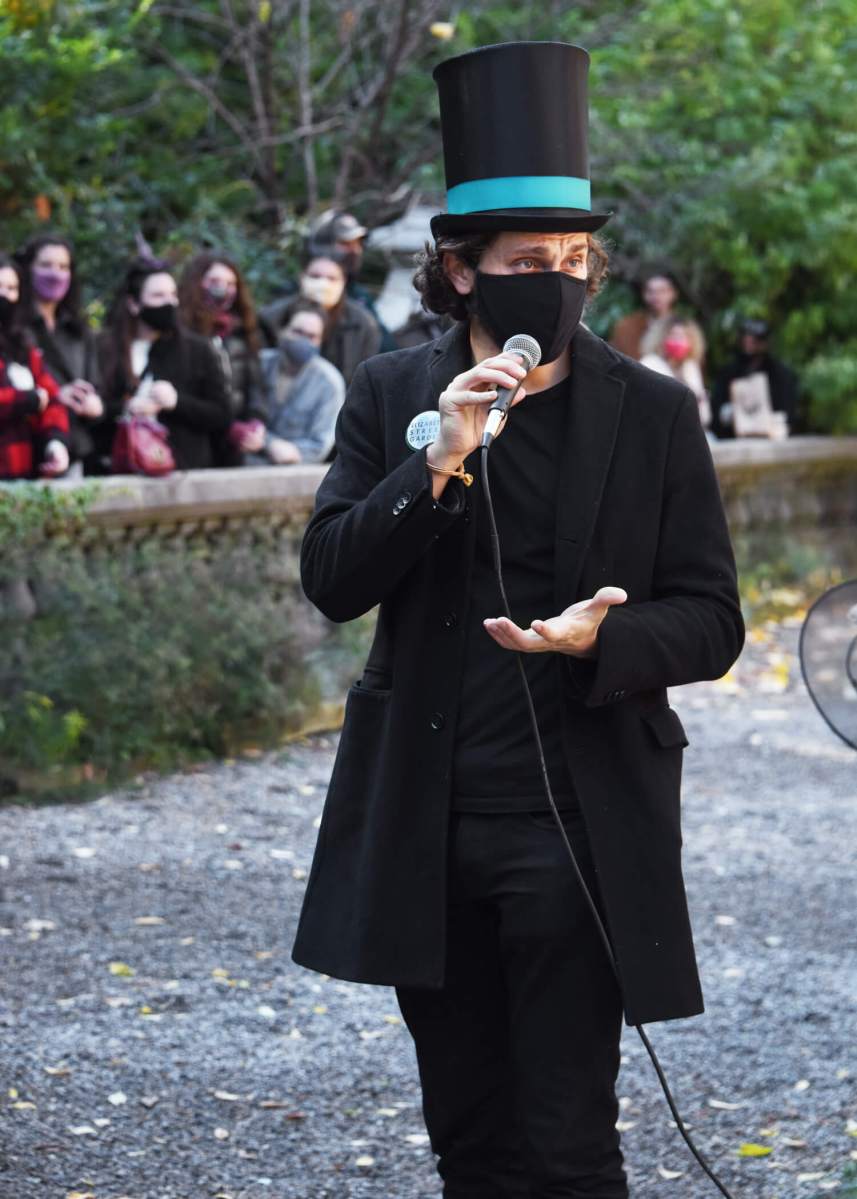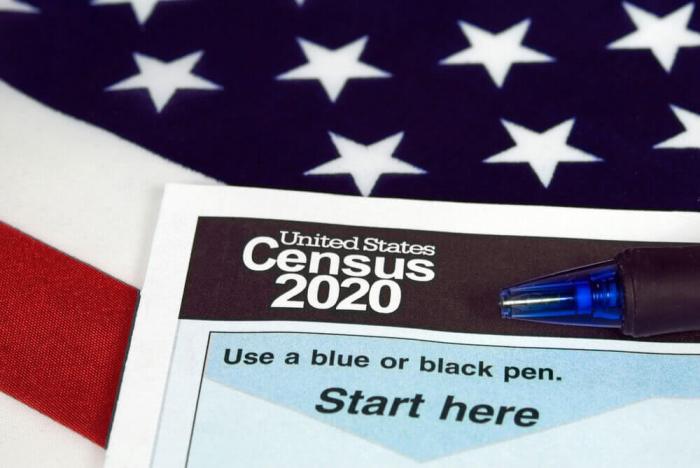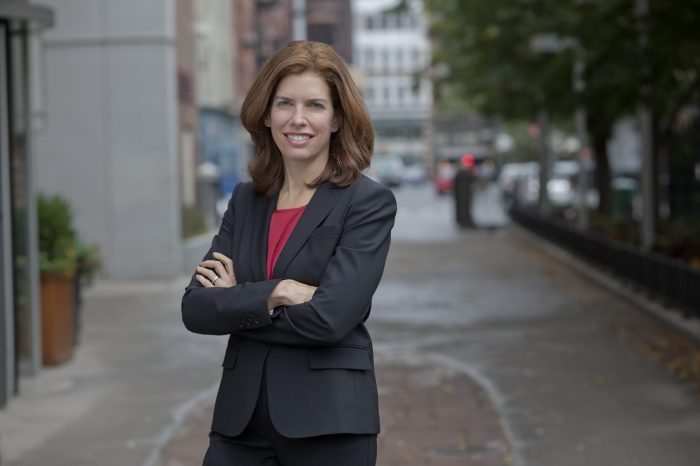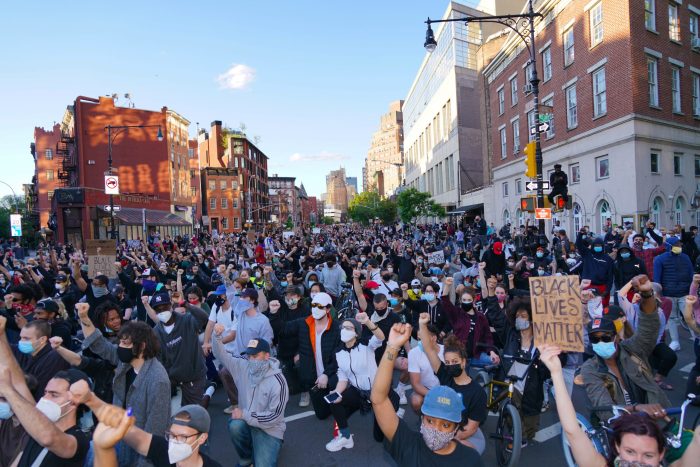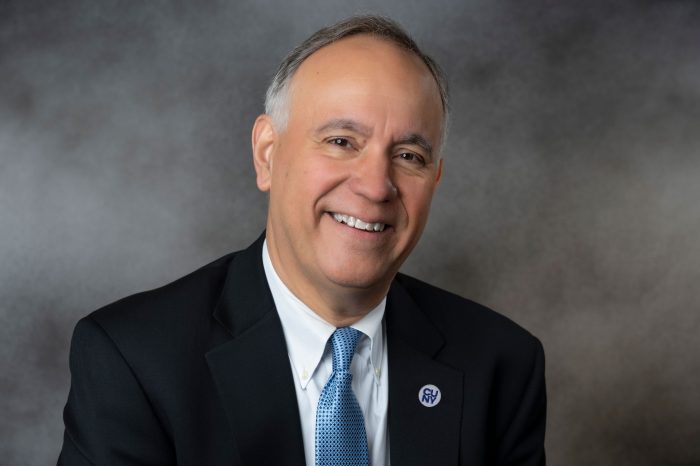By Joseph Reiver
Public green space has always been vital to city infrastructure. From climate resilience and food security to offering safe places for public recreation and wellness. Now, as we adapt to the challenges of this pandemic, the importance of green space as a source for mental and physical health is paramount to our city’s recovery.
Life with an airborne virus has caused dining, entertainment, and gatherings to move outside. New Yorkers now rely on public open space for our day-to-day lives more than ever before.
All of which begs the question, how could anyone seek to destroy a community garden in a time like this?
For years Elizabeth Street Garden has been essential to our community, but the pandemic has only made its preservation more crucial. Even so, the Garden is still under threat of being destroyed and replaced with a mixed-use building. The proposed development includes nonpermanent affordable housing for seniors, office space, and retail. The community’s response has always been the same: Community green space and affordable housing are both vital, and neither should come at the expense of the other. Despite what the current administration may assert, there are many ways to achieve more low-income housing without destroying the only precious community garden in the neighborhood.
From the early days of the pandemic shutdown, Elizabeth Street Garden has been there for neighbors to recover. Since the pandemic began, we’ve had over 200 new volunteers sign up to tend to the space and keep it open to the public. The garden embraced everyone in a time when people are afraid to embrace one another.
When the Garden first reopened in June, we were met with a wave of public appreciation for the opportunity to be amidst nature, especially those who could not afford to leave the city. One afternoon, an older neighbor approached me after spending some time alone under a lilac tree and said it was the first time she had safely taken her mask off outside in nearly 4 months.
In the fall we reintroduced our music program at the garden and were reminded of the rejuvenation live performance provides in raising our spirits and bringing us together, even while 6 feet apart. For most of the artists, it was the first time they had performed in front of others in months.
Our local bookstore, McNally Jackson, held readings in the garden, and our community came together at our first Halloween pet parade for some much-needed joy in the midst of the country’s elections. A group of parents continues to bring their children for outdoor ‘homeschooling,’ and at the start of November, we began hosting class visits for local public school students in an attempt to provide a safe outdoor space to support their education.
Just as we must be creative with open spaces to accommodate pandemic life, we can be innovative in generating low-income housing. There are more effective opportunities to achieve low-income housing, such as existing vacancies, empty office spaces, and empty city lots… If you pass by 388 Hudson St, you’ll find a 25,000 square foot gravel lot currently serving as construction storage. Sadly, if the City would’ve listened to the community’s alternative proposal to build up to 5x the amount of housing at 388 Hudson back in 2015, we could’ve had the housing by now and Elizabeth Street Garden would be saved.
We still have the opportunity to build at 388 Hudson and to save the garden. As a Conservation Land Trust, our volunteer-based nonprofit would own and continue to operate the land as a community garden. The City wouldn’t have to spend a dollar, and the Parks and Recreation budget would have that many more resources to ensure park equality for lower-income communities who need equitable investment in green spaces.
Elizabeth Street Garden has already proven to be self-sustainable, serving as a community garden, recreation center, and open-air museum — with over 100,000 annual visitors — at no cost to the city. Imagine how much more we could achieve if the garden were no longer under threat of destruction. Our current lawsuit against the City is the best chance we have to make this a reality. With a new surge of cases, it is clear Covid-19 is not going away any time soon. There is no better time than now for the City of New York to prioritize community gardens and parks as much as it does new development. There is no better time than now to show how we can be there to nurture our gardens as our gardens are here to nurture our health and well-being.
Joseph Reiver is the Executive Director of the Elizabeth Street Garden.
The New York Supreme Court’s virtual hearing for the legal case to save the garden is on Wednesday, November 18. The Garden is represented by attorney Norman Siegel.



